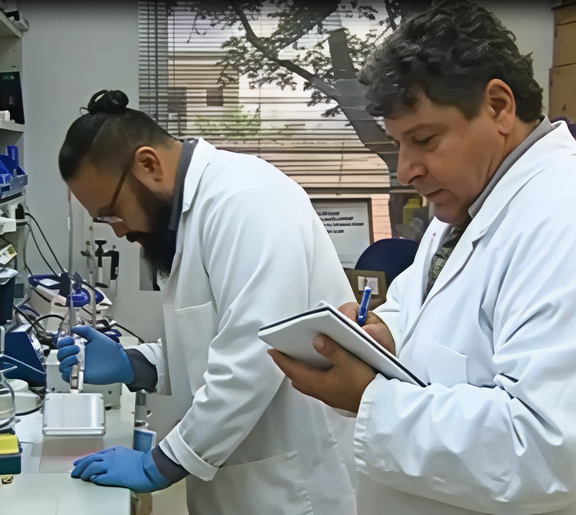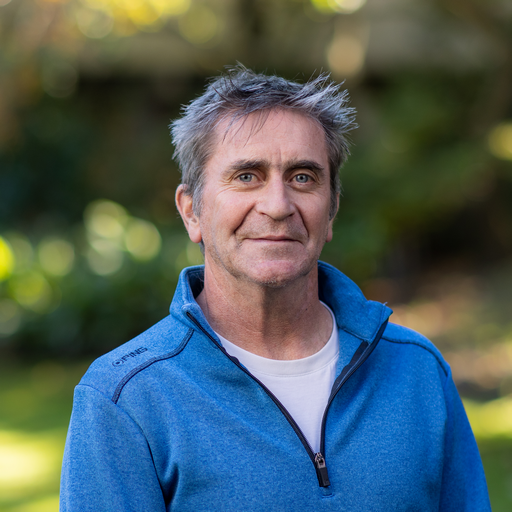Drug for brain cancer that can pass through the blood brain barrier

Summary
The blood-brain barrier is a selective and protective structure formed by tightly packed cells between the bloodstream and the brain. It serves to block harmful substances from entering the brain. However, this same barrier also prevents many therapeutic drugs, including cancer treatments, from reaching brain tissue. As a result, brain cancer remains the leading cause of cancer-related death among children and young adults.
Our project represents a significant advancement in brain cancer therapy. It aims to modify effective cancer treatment molecules so they can cross the blood-brain barrier, offering the potential to treat brain cancer and save many lives.
Our story


Brain cancers are the leading cause of disease-related death among children. They also cause more deaths in people under 40 than any other type of cancer. If a cancer in another part of the body makes its way to the brain, outcomes are typically poor.
When the brain is under attack by cancer, stroke, Alzheimer’s disease, autoimmune and other such diseases, the blood-brain barrier prevents many drugs from entering the brain. For instance, Herceptin, a widely used drug for treating breast cancer, cannot cross this barrier. Therefore, when breast cancer spreads into the brain, this limitation often leaves patients without viable treatment options.
We are addressing this challenge by designing and synthesizing specialized molecules called imunexins. When attached to existing drugs like Herceptin, they will become new drugs which can pass through the blood-brain barrier and reach the cancer cells in the brain tissue.
In this project, at Imunexus we aim to develop these special imunexins that can be attached to various therapeutic agents, potentially opening a new chapter in the treatment brain cancer and other serious neurological conditions.
Endorsed by
Working alongside George in drug discovery and development roles I witnessed his capabilities as a scientific leader and innovator.
When George secured the rights to the Imunexin platform and founded Imunexus, I joined him during the formative stages of the company as he advanced the platform into a bispecific antibody technology. Under George’s supervision, I co-invented a multi-specific antibody technology, which George envisaged as a platform technology for its potential application in many different therapeutic applications. Our work included developing cancer-targeting bispecific antibodies designed to activate T cells to kill cancer cells, and also albumin-binding Imunexins - a strategy to extend circulation time in the bloodstream and enhance a drug’s overall efficacy.
George has a strong track record of patenting and commercialising innovative scientific ideas, which has firmly established his reputation as a capable and forward-thinking scientific leader.

The work George is doing at Imunexus is truly fascinating and sits within a highly important and rapidly advancing field. In my experience with various technologies, many approaches rely on large natural antibody molecules, which are often come with problems when used as medication. What sets George’s technology apart is that it doesn’t depend on the typical antibody structure. Instead, it uses cleverly engineered formats that can be finely tuned—making them easier to produce, more stable and less likely to trigger allergic reactions in humans.
Attaching these optimised binders to already proven medications significantly enhances their performance, making treatments more powerful and more precise. It’s cutting-edge precision medicine.
I’ve known George for about five years through our various collaborations with La Trobe University. We've worked together on multiple projects, and he consistently demonstrates the skills and deep expertise needed to push this kind of innovation forward.

George’s work is aimed at improving the effectiveness of therapies and delivering better outcomes for patients and this latest project focuses on modifying existing drugs to enable them to break through the blood-brain barrier. If this is achieved, it may be an advancement in cancer treatment that could save many lives.
Commercialisation of science has always been his passion. His career has included both successful startups and working within large global organisations—many of which were affected by repeated takeovers. From that George made a clear decision: to return to what he loves, building a company from the ground up and the potential to convert his research into products that can make a difference.
I’ve known George for more years than I can count and have watched him in both his research and commercial ventures. George clearly relishes the opportunity to take a scientific discovery and develop it into a potential therapeutic product.
George’s commitment to "show, don't tell" continues to drive the evolution of Imunexus and its contribution to next-generation antibody-based treatments that improve patient outcomes.
